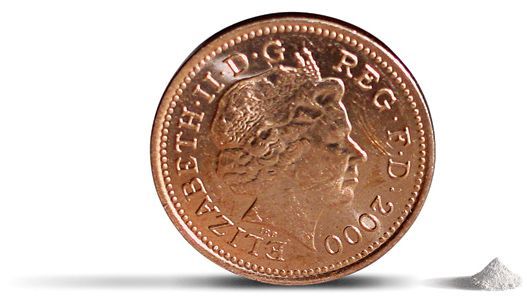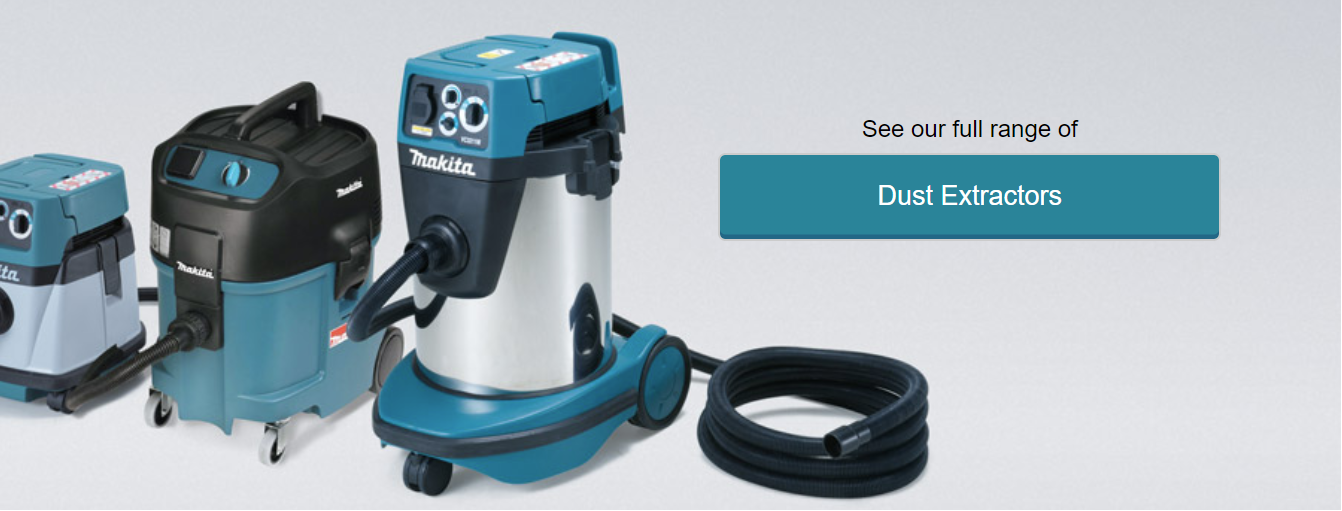DUST
Dust is no longer something that can be swept under the carpet; it is a real and ever present danger within the construction industry and other working environments where airborne dust can occur.
DON'T IGNORE DUST

A penny next to a pile of dust
Dust is generated by many processes around construction sites and workshops. These processes include drilling, cutting, sanding, grinding, chasing and breaking. While you may recognise the issues created by many of the applications undertaken, historically managing these risks has proved challenging.
As advised by the HSE, you are at risk if the dust you inhale over your working shift contains more Respirable Crystalline Silica (RCS) than the pile next to this penny!
BE AWARE OF THE EFFECTS
Depending on the type of dust that you are being exposed to, the concentration and exposure time, inhaling dust may lead to serious long term and life threatening diseases such as cancer. The effect of exposure to dust may not only be felt by the operator of the product, but also by those working in close proximity.
COMMITTED TO REDUCING DUST
Makita are committed to delivering effective solutions and services that meet your requirements and improve your productivity. We challenge ourselves to new initiatives which deliver the high standards you expect with the Makita brand while reducing the risk you are exposed to.
Makita offers a wide range of products with integrated dust collection systems and also compact battery operated dust collection systems that enable you to work safely without losing the freedom that cordless products offer.
THE FACTS
The HSE reported that there were around 39,000 individuals suffering breathing and lung problems in the UK. There are around 8,000 deaths per year as a result of occupational cancer. Protect yourself, don't ignore dust.
Inhalable dust: This is airborne particles that are breathed into the airways and deposited in the respiratory tract. These particles are usually cleared by mucus.
Respirable dust: This refers to the finer particles that penetrate deep in to the lungs. Respirable Crystalline Sylica (RCS) can cause scar tissue of the lung which in turn leads to silicosis.
RESPIRATORY DISEASES IN CONSTRUCTION
Chronic Obstructive Pulmonary Disease (COPD): COPD is characterised by airflow obstruction that is not fully reversible. Symptoms include a chronic cough, sputum production and shortness of breath.
Occupational Asthma: Occupational Asthma is an allergic reaction that occurs in some people when they are exposed to substances in the workplace, e.g. wood dust.
Silicosis: Silicosis is an irreversible lung disease that can take years to develop. Fine particles of respirable crystalline silica (RCS) cause damage and inflammation in the lungs. Over time this can lead to Fibrosis which will show up on chest x-rays. Silicosis can be extremely disabling and lead to early death.
THE MINIMUM LEGAL REQUIREMENT
M Class is the minimal legal requirement - Don't get hit by the HSE fee. Fee for intervention.
For more information please read up on Construction Information Sheet 36 and Construction Information Sheet 69.


